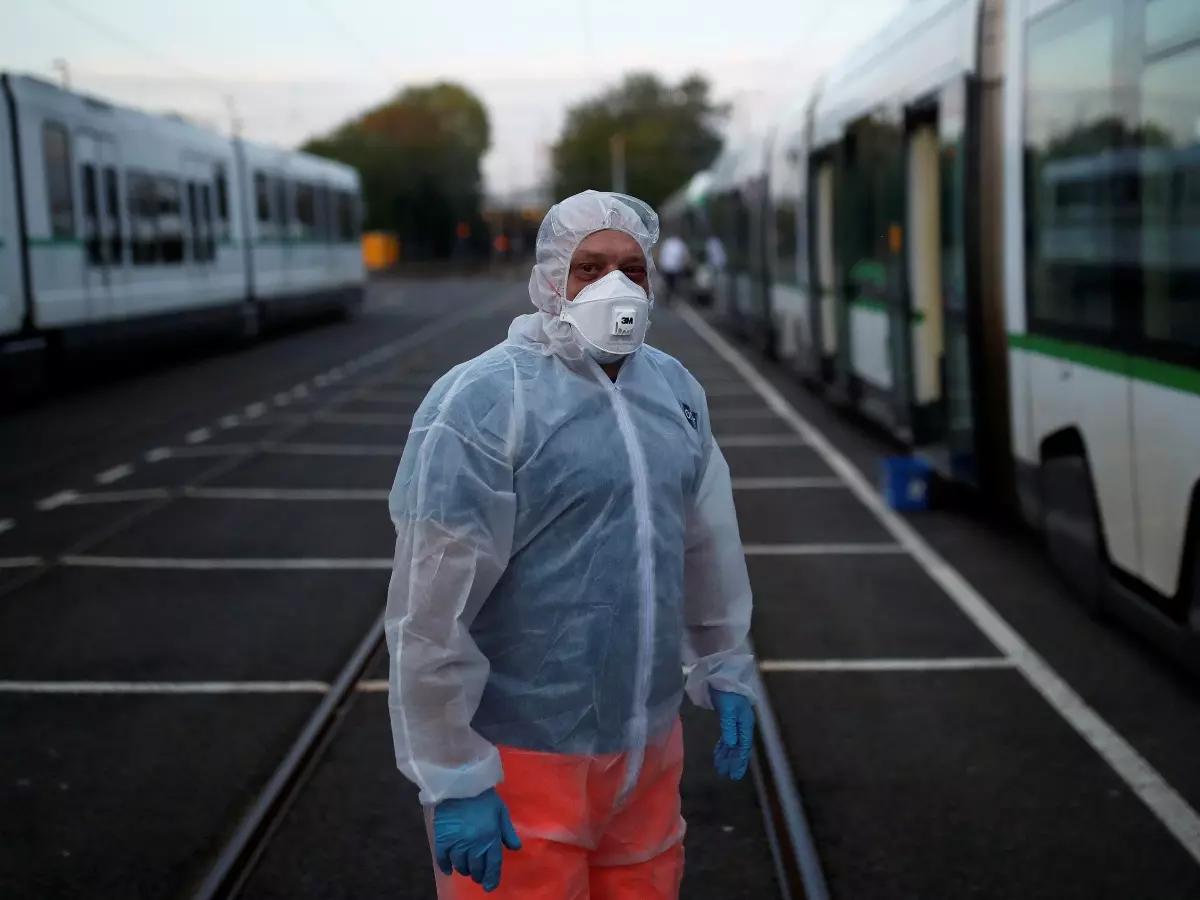Year After COVID 1st Emerged In China, It Sees Another Surge In Langfang City, Imposes Lockdown
The city of Langfang in Hebei said its 4.9 million residents will be put under home quarantine for seven days and be subject to mass COVID-10 testing in the latest attempt to curb the spread of the coronavirus.

A year after the novel coronavirus first emerged wreaking havoc in China, authorities in the country have introduced new Covid-19 curbs in areas surrounding Beijing.
The new surge has put around 16 million residents under lockdown as new infections raised worries about a second wave in a nation that has mostly contained the disease.
 AP
AP
How many news cases have been reported?
The number of new cases in mainland China reported on Tuesday almost halved from a day earlier and remain a small fraction of what it saw at the height of the outbreak in early 2020. However, local authorities are implementing strict curbs whenever new cases emerge to prevent the kind of economic paralysis seen a year ago.
The National Health Commission reported 55 new Covid-19 cases on Tuesday, down from 103 a day earlier. Hebei province, which surrounds Beijing, accounted for 40 of the 42 locally transmitted infections, with the capital and northeastern Heilongjiang province reporting one local case each.
 AP
AP
Which cities go into lockdown?
Health officials took no chances on Tuesday, sealing off the capital of the industrial Hebei province and ordering a mass testing drive. The city of Langfang in Hebei said its 4.9 million residents will be put under home quarantine for seven days and be subject to mass COVID-19 testing in the latest attempt to curb the spread of the coronavirus.
Two counties under Langfang's jurisdiction that border Beijing, Guan and Sanhe, had already announced home quarantine measures.
Guan reported one new COVID-19 case but Sanhe did not say whether any of its residents were diagnosed with the disease.
 REUTERS
REUTERS
Meanwhile, it took just 39 new coronavirus cases for health authorities in China to put almost 11 million people into lockdown in the city of Shijiazhuang, Hebei's capital. The province has shut off certain sections of highways and is ordering vehicles registered to Shijiazhuang to turn back.
Gaocheng district in Shijiazhuang is gathering more than 20,000 people living in 12 remote villages into centralised quarantine as part of the city's COVID-19 control, state media China News Service reported late Monday.
Authorities in Beijing's Xicheng district said on Tuesday that the confirmed COVID-19 patient from Guan county works at a building in the district.
The aggressive measures to control the outbreak are similar, although not yet as draconian, as those used by Chinese authorities to stamp out the virus when it first emerged in the city of Wuhan in late 2019.
 Reuters
Reuters
Since then, the total number of coronavirus cases in China stands over 87,000 and the death toll remains unchanged since May, at 4,634 people, according to China's National Health Commission ¡ª the only official source of information about infection rates in the country.
NBC News could not independently verify the reported numbers, and the Chinese government has been criticized for its lack of openness and minimizing the severity of the outbreak since its outset.
The country has also been accused of mishandling the initial phase of the outbreak and silencing whistleblowers.
 Image For Representation/Reuters
Image For Representation/Reuters
What is the situation in Japan, Malaysia and Thailand?
Malaysia's king declared a state of emergency in the Southeast Asian nation, in a move that could allow the embattled government to delay elections as it tackles the worsening coronavirus pandemic. Covid-19 cases have exploded in Malaysia after a local election in September, with new infections hitting a record-high last week. The government has forecast daily cases to reach 8,000 by late March or late May, based on a predictive modeling analysis. The tally stood at little over 2,000 on Monday. The emergency measure will end on Aug. 1, or sooner if the outbreak abates, according to the statement.
 AP
AP
Japan also declared a monthlong, limited state of emergency in the capital, Tokyo, and three neighboring prefectures on Thursday, to stem the virus spread. Residents have been asked to stay home after 8 p.m. as Prime Minister Yoshihide Suga conceded the measures may need to be extended to other parts of the country. The tough curbs come despite Japan being less seriously hit by the pandemic than many other countries, recording around 3,900 deaths, according to health ministry data.
 Reuters
Reuters
Thailand too declared 28 provinces, including Bangkok, as high-risk zones and asked people to work from home and avoid gathering, as authorities confirmed a daily record of 745 new infections on Monday. The country has reported just 67 deaths overall, according to its Department of Disease Control, among the lowest in Asia.
